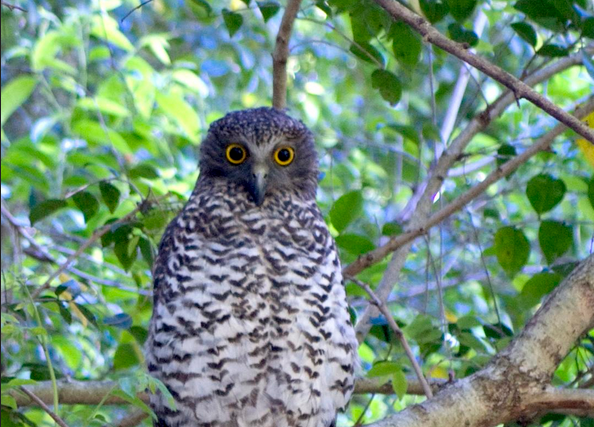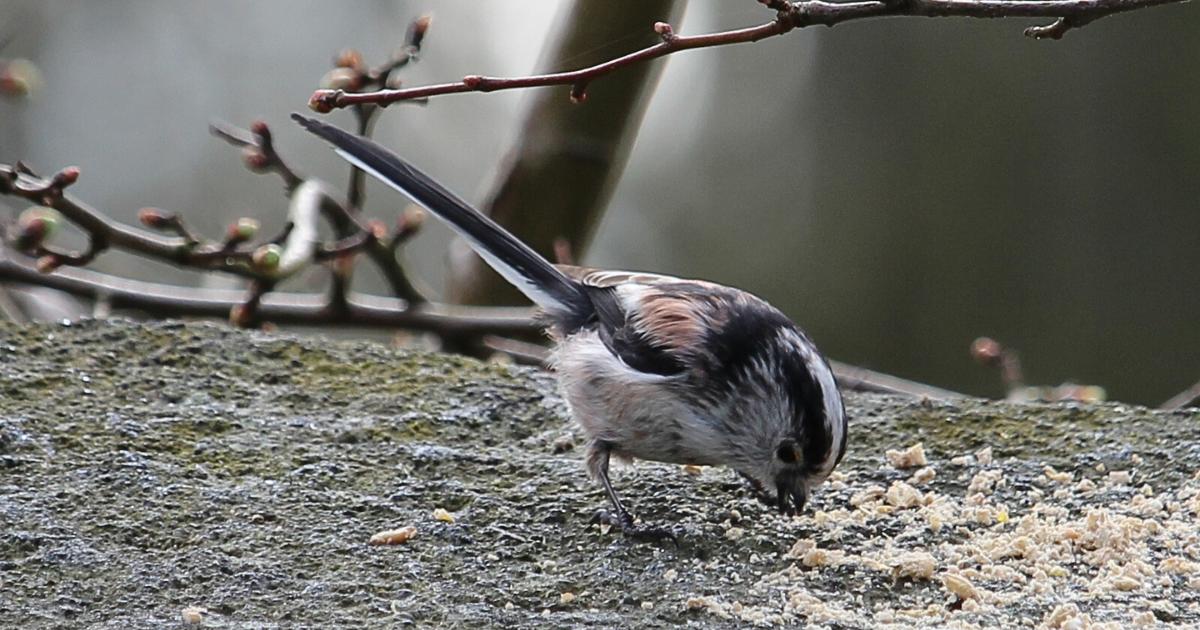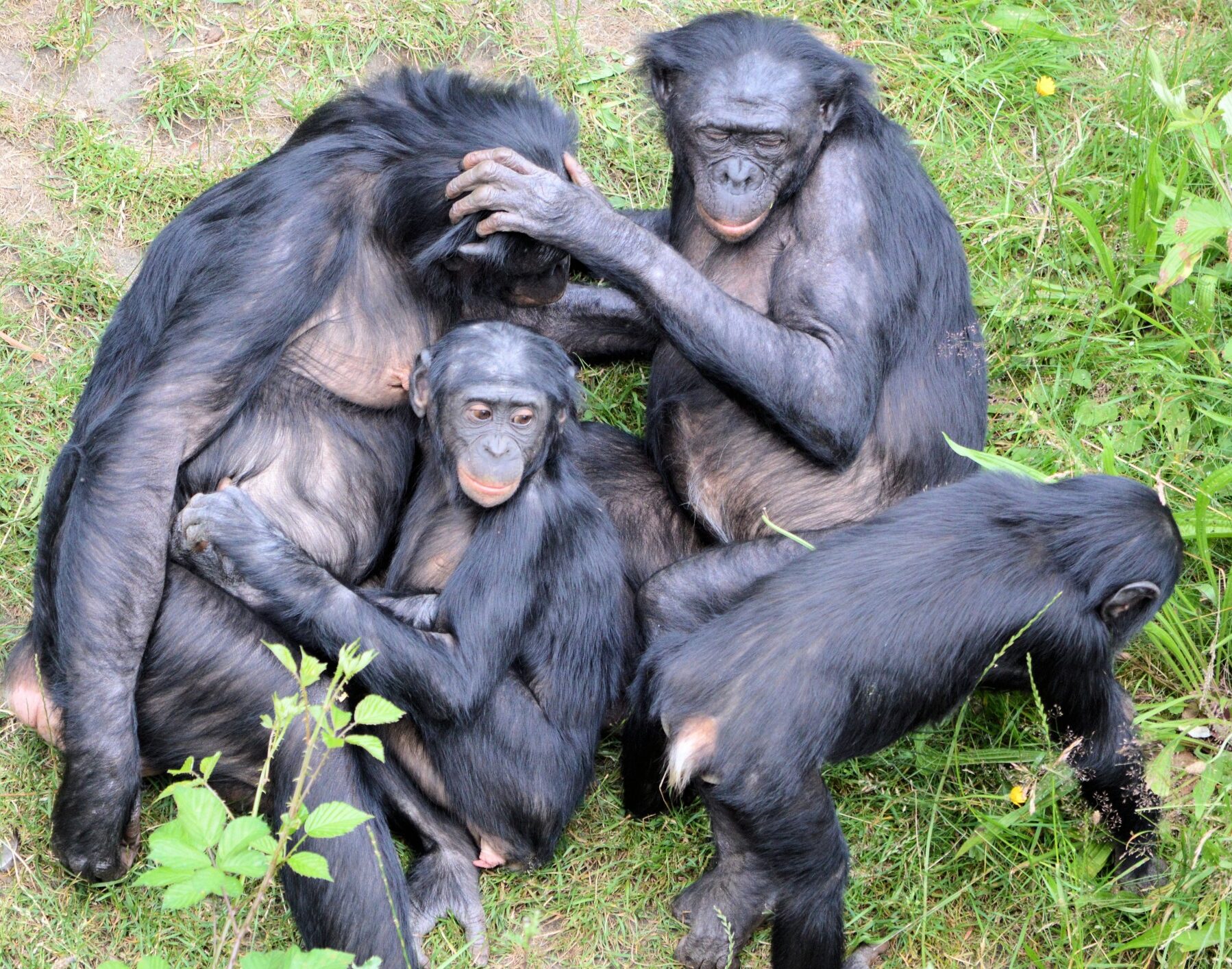In the forests and suburbs of southeast Australia, the threatened powerful owl (Ninox strenua) face a common problem: how to cross the road. A new study using GPS trackers revealed how these threatened birds navigate human-built landscapes while avoiding danger. Researchers followed 37 powerful owls over seven years, uncovering surprising strategies that could reshape how roads are designed to protect wildlife.
Owls Speed Up to Cross Roads
Despite their ability to fly, powerful owls don’t ignore roads. GPS data showed they adjust their behavior dramatically when approaching these barriers. The owls switch from slow, meandering movements, often linked to hunting or resting, to fast, straight-line flights when crossing roads. This high-speed mode helps them minimize time spent near traffic. Remarkably, they entered this rapid state more than 90% of the time when interacting with roads.

Credit: Carter et al. (2025)
Waterways and Trees: Nature’s Road Crossings
The owls don’t cross roads randomly. They prefer locations near waterways, like rivers or streams, as well as areas with dense tree cover. These spots likely provide shelter and safer flight paths. For example, urban and forest-dwelling owls both avoided crossing roads with sparse vegetation, with urban owls in particular favoring densely wooded areas to cross.
Late-Night Road Trips
Timing matters, too. Owls crossed roads more frequently toward the end of the night, typically after 5 a.m., possibly to return to roosting sites before sunrise. This pattern held true across all habitats, from cities to forests.

Credit: JJ Harrison – CC BY-SA 4.0
Core Habitats Stay Road-Free
Even in urban areas, powerful owls keep their most critical habitats, like nesting and roosting sites, away from busy roads. Their core territories had similarly low road densities regardless of landscape type, showing a clear effort to avoid traffic-heavy zones.
A Blueprint for Safer Roads
The study urges road planners to protect tree-lined corridors and waterways near roads, which owls rely on for safe passage. Restoring vegetation in road medians and limiting new roads in key crossing areas could help this threatened species thrive. As apex predators, protecting powerful owls benefits entire ecosystems, showing that even small changes in infrastructure can have a big impact.
***
“How did the owl cross the road? Movement patterns and behaviour of a threatened apex predator.” Carter et al. Biological Conservation (2025).
Featured photo: A powerful owl perching on a branch (Ninox strenua).
Featured photo credit: Greg Sharkey – CC BY-SA 4.0 – (Cropped)








